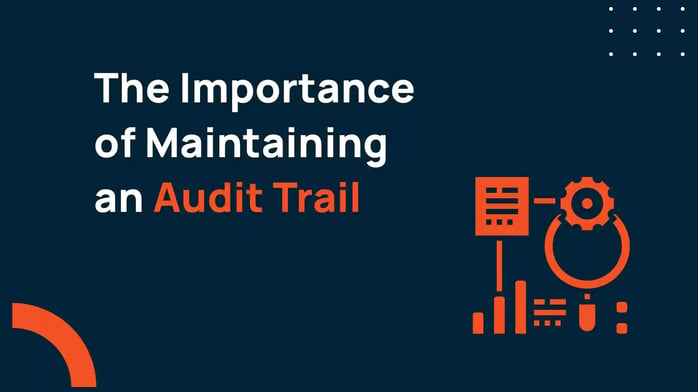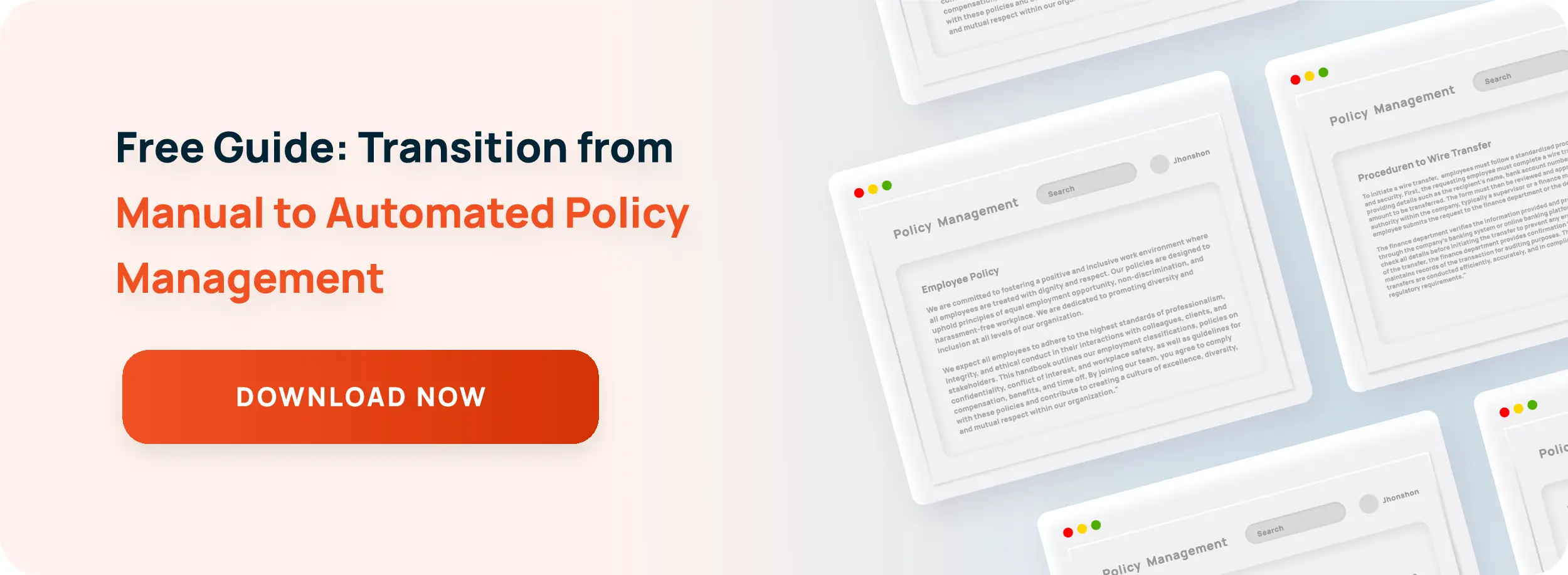The Importance of Maintaining an Audit Trail

The Importance of Maintaining an Audit Trail
The successful completion of a comprehensive audit can produce a range of emotions. For some, the formal recognition that your department is managed effectively, and that every ‘i’ is meticulously dotted and every ‘t’ is carefully crossed, is a badge of honor. For others who must deal with a less organized environment, survival represents a dodged bullet and a reason to celebrate with a deep sigh of relief.
Both scenarios, of course, presume that the audit produces a clean bill of health. In reality, even the best audits produce action items that must be addressed. Ideally, those items are purely for confirmation or clarification, but in the worst-case scenario, serious transgressions have been identified and detailed investigations must now be initiated to confirm whether the error was a one-off or something more systemic.
Such investigations can prove to be catastrophic for departments that have been struggling along with faulty systems and too few resources for too long. If the ink was barely dry on the reports your department submitted for your audit, and some of the numbers on that report were projected averages rather than accurate data points supported with corresponding documentation, your nightmare may just be beginning.
A successful audit cannot be measured by the final report alone. To be truly successful, the audit process must be comprehensive. Each data point presented must have a verifiable source, so that any further questioning, whether for clarification or to address a serious concern, can be followed back to the point of origin. Without it, any question that goes unanswered, or proves to be alarmingly difficult to answer, can bring the management of the entire department into question.
A comprehensive audit trail that captures every data input, decision, policy version and approval provides a substantive foundation to support a robust and detailed audit. Achieving such an objective requires that every action step must be monitored and controlled. Whether you are creating a new policy or modifying an existing one, the inputs and actions of all vested parties must be carefully managed and recording in case any of those steps come into question at a later stage. Maintaining a central repository of documentation is critical, as is the firm control of access to that repository based on a defined role or authority designation.
Related Articles:
Our comprehensive policy creation and management software solutions on SharePoint and Office 365 can help you to maintain a detailed audit trail. Operating on one secure SharePoint portal using templates built on industry best practices, your team can manage access through strict role-based permissions. A detailed version history page provides formal confirmation of version status that supports every element of policy workflow from creation to ongoing management and revision.
The opportunity to move your manual systems to the next level is closer than you may think. To learn more about our software now available on SharePoint On-Premises, SharePoint Online via Office 365, and as a Software-as-a-Service, schedule a demo now.

